Syagrus Romanzoffiana Queen Palm Trees
The Syagrus romanzoffiana, commonly known as the Queen Palm, is a popular ornamental palm tree native to South America, specifically in Brazil and Argentina. Here are some key characteristics and information about the Queen Palm:
- Appearance:
- Trunk: The Queen Palm has a smooth, slender trunk with a grayish-brown color.
- Leaves: The pinnate leaves are feathery and arching, growing up to 10-15 feet in length. The leaflets are arranged in a regular pattern along the stem.
- Height:
- Queen Palms can reach a height of 50 to 60 feet, making them relatively tall and elegant.
- Growth Rate:
- They have a moderate to fast growth rate, especially when provided with proper care and favorable conditions.
- Flowers and Fruits:
- Queen Palms produce large, hanging clusters of small, creamy flowers. These flowers are followed by orange to red fruits that are about the size of small dates. The fruits are not typically consumed by humans.
- Climate and Hardiness:
- Queen Palms are well-suited for tropical and subtropical climates. They thrive in full sun but can tolerate some shade. They are not cold-hardy and may suffer damage or die in frost-prone areas.
- Soil and Watering:
- They prefer well-draining soil and benefit from regular watering. However, they can tolerate short periods of drought once established.
- Maintenance:
- Regular pruning of dead or damaged fronds helps maintain the palm’s appearance and health. Over-pruning, however, should be avoided as it can stress the tree.
- Landscaping Use:
- Queen Palms are commonly used in landscaping to create a tropical or exotic ambiance. They are often planted in groups or as standalone specimens.
- Common Issues:
- Queen Palms may be susceptible to diseases, such as Fusarium wilt. Proper care, including watering practices and avoiding damage to the trunk, can help prevent these issues.
- Propagation:
- They can be propagated from seeds. The seeds need to be cleaned and germinated before planting. It’s important to note that seed-grown palms may exhibit variation in characteristics.

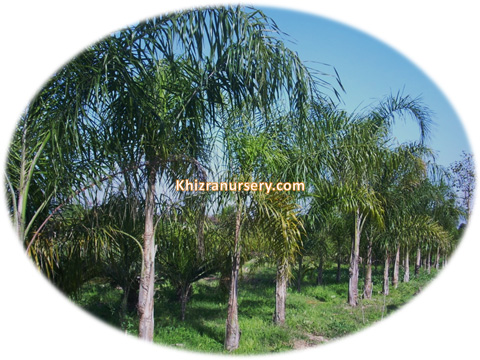
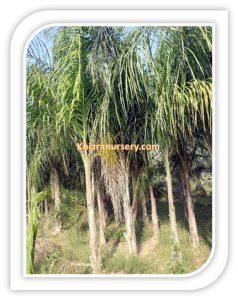
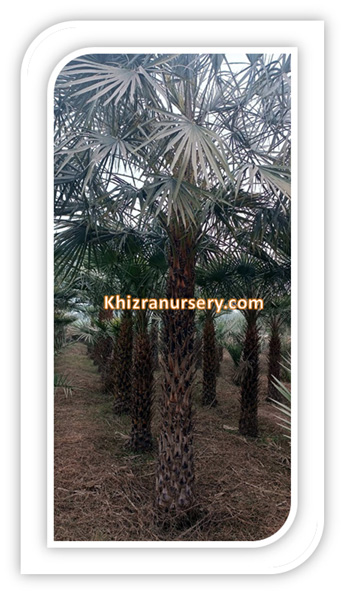
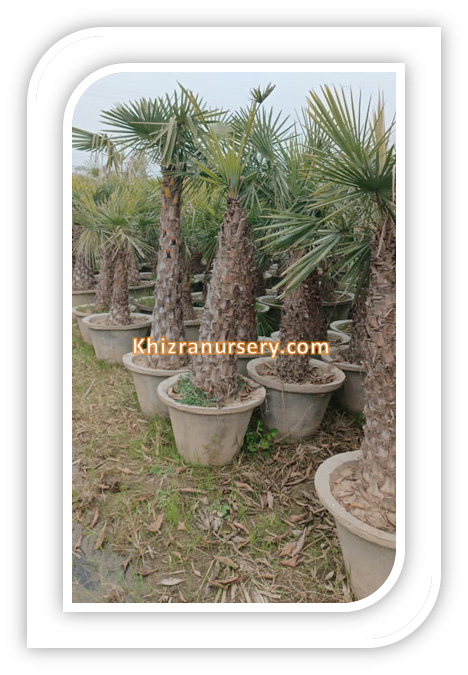









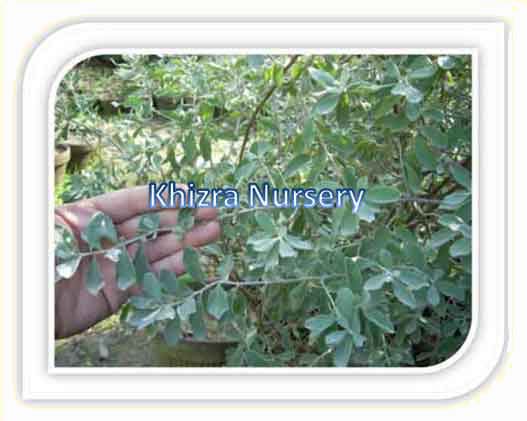
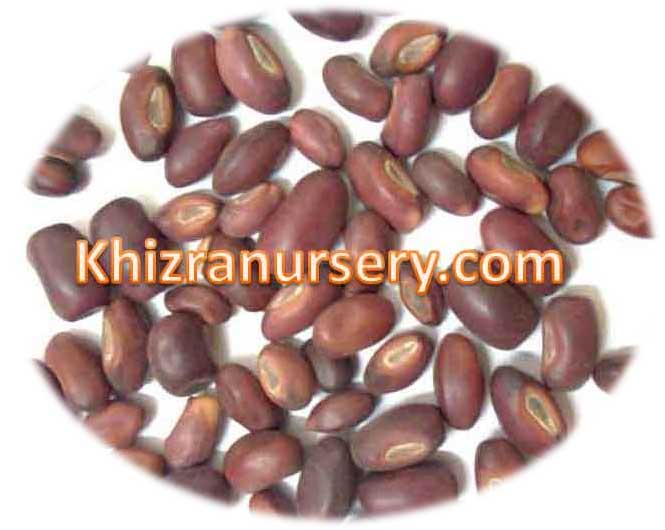



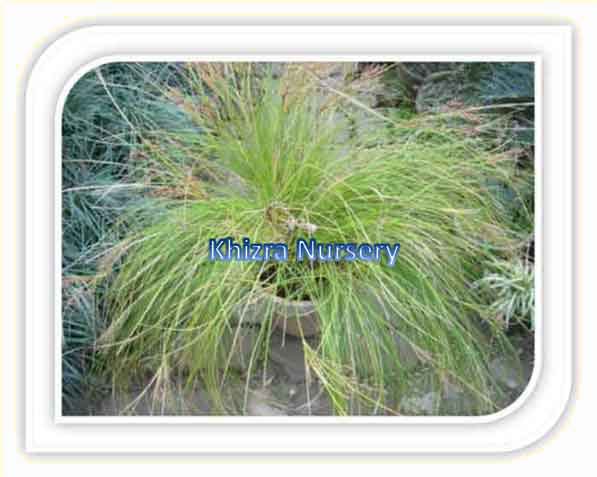
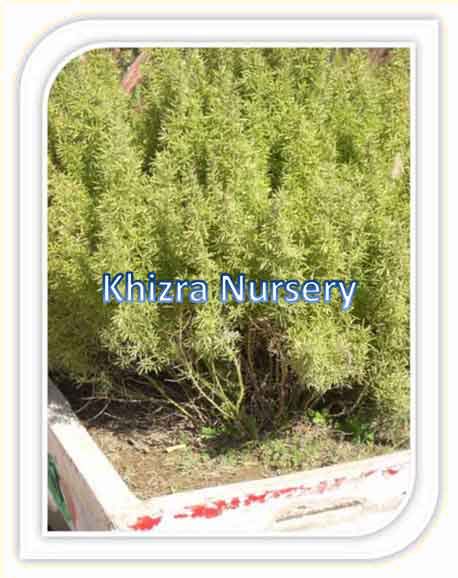


























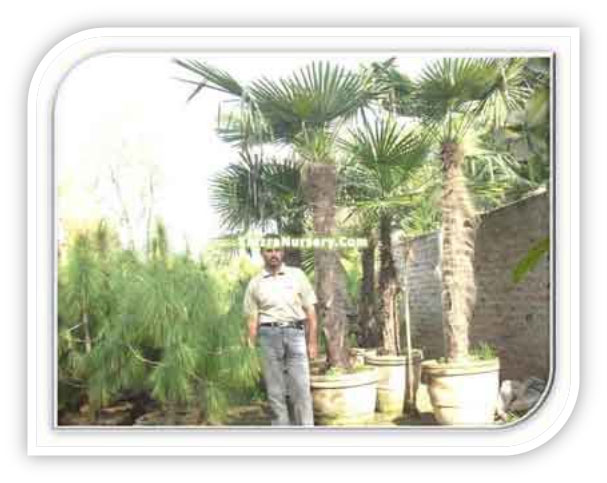











Reviews
There are no reviews yet.